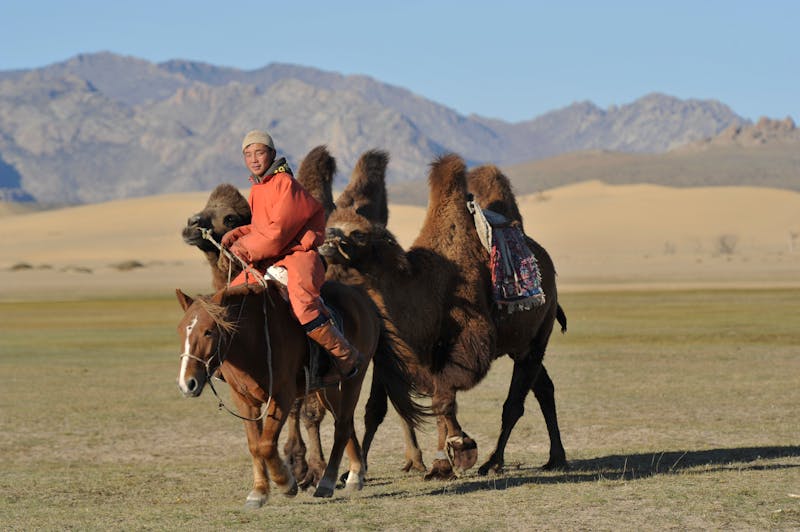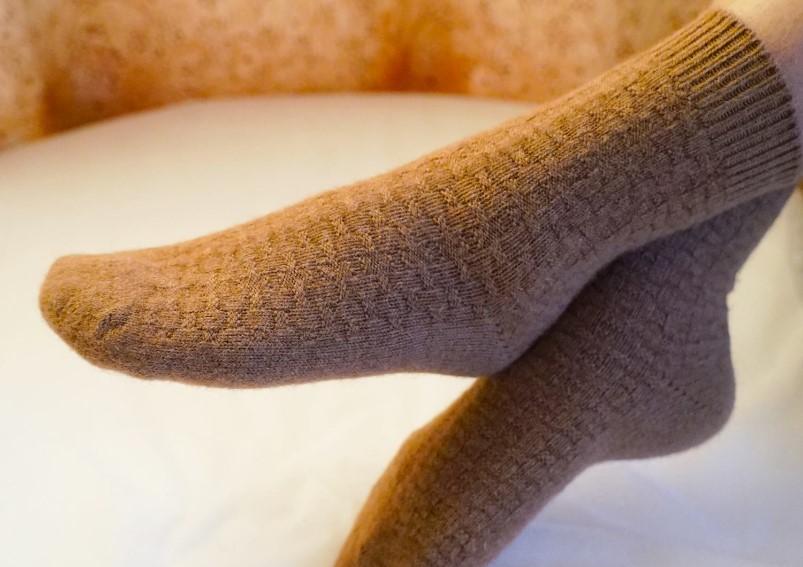Throughout history, camels have been integral to human survival and progress, especially in arid regions where other animals couldn’t thrive. Today, they continue to serve us in surprising ways. One such way is through the production of camel hair fabric, a versatile and luxurious material that has found its way into the fashion and textile industries.
Read: Mongol Wool Socks | Camel Socks
The Importance of Camels in Human History

Camels, particularly Bactrian camels, have been companions to nomadic Bactrian camel breeders across Asia, the Middle East, and Africa for thousands of years. They’ve provided transport, milk, and meat, and their hair has been used to create a variety of goods, from tents and carpets to clothing. The camel’s ability to withstand harsh climates and travel long distances made it an invaluable resource, helping to shape the history and cultures of many societies.
A Detailed Look at Camel Hair & Wool

Camel hair, often termed camel wool, is an incredibly soft and lustrous hair derived from the undercoat of Bactrian camels. This hair naturally sheds during the camel’s molting season, typically in late spring. Each camel can produce approximately five pounds of hair a year, a combination of coarse guard hair and soft undercoat fibers. Camel hair fibers are collected, separated, and spun into yarn, which can be woven or knitted into a variety of products.
The softness and warmth of camel hair make it an attractive option for knitters and textile manufacturers alike. As a natural fiber, it has excellent thermostatic properties, providing insulation in cold weather while remaining breathable in warmer conditions.
Despite its softness, camel hair is strong, making it a durable choice for clothing and other textile products. While the cost of camel wool production can be higher than other natural fibers, many find the quality and longevity of the material to be worth the investment.
Types of Camels and Their Hair
Two main types of camels exist: the Dromedary camel, with one hump, and the Bactrian camel, with two humps. Camel hair fibers, especially those used for textiles, are primarily sourced from the Bactrian camel. The Bactrian camel wool is composed of two types of hair: the guard hair and the undercoat.
The guard hair is the outer layer, coarser and longer, and it serves as the camel’s primary protection against environmental factors. This thick coat of hair is often used for making more robust items like carpets and tents. On the other hand, the undercoat is the shorter, finer hair that provides the camel with insulation against the cold. This undercoat is the source of the soft, luxurious camel hair used in high-grade fabrics.
Grading of Camel Hair Fibers
Camel hair fibers are graded based on their softness, length, and overall quality. The highest-grade fibers come from the camel’s soft undercoat, which provides the warmest and softest wool.
Medium-grade camel coat fibers are slightly coarser but still provide good warmth, while low-grade fibers are the coarsest and are typically used for more durable products such as carpets and upholstery.
How Camel Wool is Made?

The majority of the world’s camel wool is produced in Mongolia and China, particularly in the Mongol Steppes region where large populations of Bactrian camels naturally shed their hair. These same nomadic tribes that have bred and cared for Bactrian camels for centuries are also the primary producers of camel wool. The collection and production of camel wool provide an essential source of income for these communities.
Camel hair is typically collected in the spring when Bactrian camels naturally shed their winter coats. The soft undercoat is combed out or picked up from the ground where it has fallen. This method of collection is non-invasive and does not harm the camel, making it a more ethical choice compared to some other animal fibers.
Once collected, the hair is cleaned to remove any dirt or vegetable matter. It is then sorted by grade, with the softest and finest hair being the most valuable. The hair is then spun into yarn, either by hand or using an industrial spinning machine. The resulting yarn can be woven or knitted into a variety of products, from clothing to carpets.
How Does Camel Wool Impact the Environment?
As a natural fiber, camel wool is biodegradable and renewable, making it a more environmentally friendly choice than synthetic fibers. The process of gathering camel hair is also less invasive than that of sheep wool, as the hair is typically collected during the camel’s natural molting season. This makes camel wool a more sustainable choice for environmentally conscious consumers.
How Much Does Camel Wool Cost?
Camel wool is considered a luxury product due to its high quality and limited supply. The cost of camel wool can vary depending on factors such as the quality of the hair, the process used to collect and produce the wool, and the location of production. Generally, high-grade camel wool can be more expensive than regular sheep wool but when talking about pure cashmere, and camel hair, it’s a little bit cheaper.
